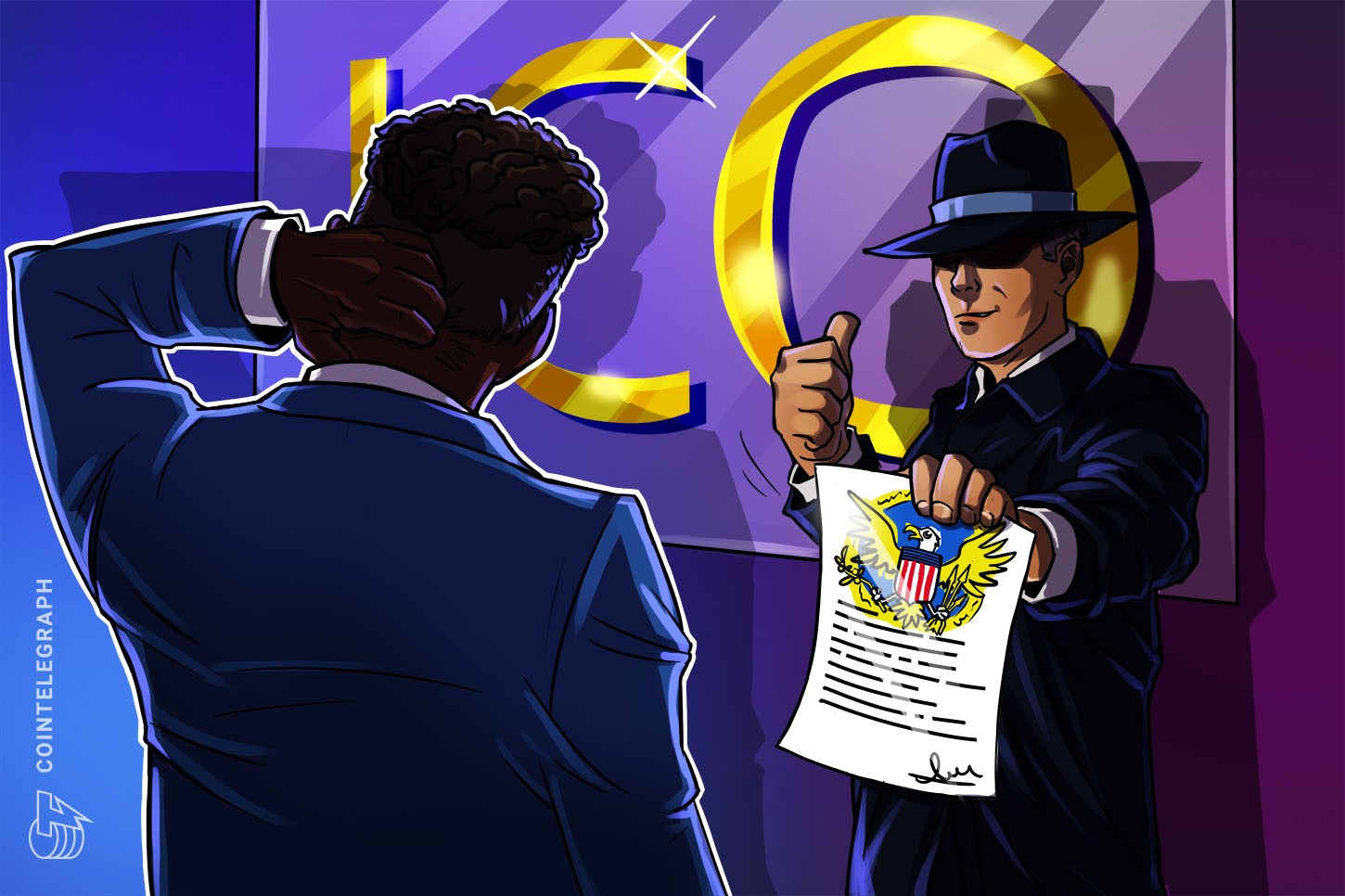As Cointelegraph reported two weeks ago, the Securities and Exchange Commission put out a rare no-action letter in defense of IMVU’s new blockchain-based VCOIN.
VCOIN is only the third digital token to get such legal protection from the U.S. securities regulator, which makes it an exciting development. The SEC has been extremely active in punishing initial coin offerings that it views as unregistered securities offerings, but it has been more reluctant to define what does not count as a security — a problem that Commissioner Hester Peirce noted just last night. A no-action letter is, however, not the same as a rule from the SEC or a statute from Congress.
The protection a no-action letter provides applies only to that particular case. They could also go away as soon as, say, VCOIN deviates from the standards set out in the letter. And, it is definitely a narrow lane that VCOIN has in front of it.
Michelle Gitlitz, who leads Crowell & Moring’s blockchain and digital asset practice, explained to Cointelegraph:
“I think VCOIN is a little bit different than your normal token offering, because VCOIN's proceeds weren't going to be used to finance any upgrades to the network and the network was fully developed. I think that’s a key distinction with VCOIN compared to some of the other products.”
The issue of using funds from token sales to build a network that was not yet complete was central to the SEC’s shutdown of Telegram’s planned network.
While a no-action letter does not formally protect other projects following the same guidelines, it does provide a template for what the SEC is looking for in the future. Gitlitz explained key factors:
“The coin was immediately usable at the time that it was sold. There were AML/KYC checks. There were limits on the purchases, conversions and transfers. That's an easier no-action letter than some of the more difficult proposals: I'm selling a coin to use the proceeds to develop my network, which is not fully developed. That's totally different.”
All that said, VCOIN is certainly the most ambitious project that’s gotten the SEC’s blessing. It’s a token freely convertible to and from U.S. dollars for IMVU’s user base of 7 million.
It is also notable that VCOIN is designed to function as a sort of stablecoin, though without a formal peg to reserve assets. IMVU has promised to buy and sell VCOINs for a fixed price of $0.004. Philip Moustakis, former counsel for the SEC and current attorney at Seward & Kissel, noted this as a development: “The fact that the SEC issued a No-Action Letter for a token that can be exchanged for fiat is encouraging.”
Especially significant is that VCOIN tokens will be able to leave the platform. Earlier no-action letters for utility tokens had more tightly closed silos. The agreement with the SEC maintains that the stability of VCOIN’s price will prevent those platforms from becoming opportunities to profit. According to the no-action letter:
“While IMVU will not promote or support the trading of VCOIN on third-party trading platforms, the transferable nature of VCOIN means that it can be transacted off the Platform, whether bilaterally or on a third-party trading platform. Nonetheless, it would still be irrational for VCOIN purchasers to expect that they could sell VCOIN at a higher price to an off-Platform counterparty.”
Moustakis explained how VCOIN’s price stability is a means of avoiding classification as a security:
“The fact that the supply of VCOIN would not be limited in any way and IMVU would continuously sell and repurchase VCOIN at a fixed price, taken together, pretty much settled the securities law question. The measures IMVU set forth in its letter concerning limitations on purchase or transfer may have given the SEC staff additional comfort, but the heart of the matter, in my view, was the unlimited supply and fixed price.”
While VCOIN is an interesting legal consideration for crypto, the token itself is not quite classic crypto because its functionality is so compressed and obviously centralized to the max. Many in the industry as well as within the SEC are looking to put together more assertive guidelines that new projects can build within.


